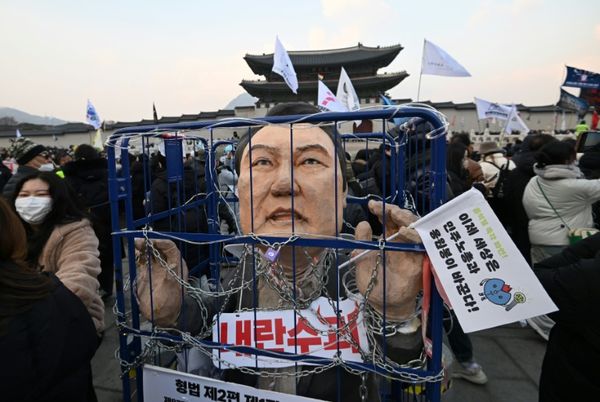Northern Ireland’s population has reached its highest ever level - at 1.903 million.
The number of people living in the region was part of a small release of data from the 2021 Census published on Tuesday.
The statistics show that over the last ten years the population increased by over 90,000 people from 1.811 million to 1.903 million or by five per cent. The 2021 Census recorded 967,000 females and 936,000 males.
Figures show that, as per much publicised trends, the number of older people is increasing - a factor which health service planners say will add increasing strain to already stretched services.
The Census figures show that the number of people aged 65 or more rose by over 60,000 to nearly one-third of a million people - a near 25 per cent increase on 2011.
In contrast, the report shows, and in line with the recent falling birth rate, the number of young children (aged 0 to 4) decreased by nine per cent from the last Census. Statistical experts believe that the number of people over 65 could increase to a figure larger than the number of people aged under 15 in the coming years - as soon as 2026 or 2027.
What the Northern Ireland Statistics and Research Agency calls ‘Equality statistics’ - ie ethnicity, national identity, religion, sexual orientation etc will be published this Autumn, they said on Tuesday.
The population on Northern Ireland may hit 2 million by around by the 2030s or 2040, NISRA officials say, however it is hard to predict as it will depend on future birthrates more so than the already exisiting and ageing population. The average household size in the 2021 Census is 2.44, down from 2.54 in the 2011 Census.
Statisticians say the ‘baby boom’ generation of the 1950s and 1960s is reaching retirement age while, in line with the recent falling birth rate, the number of young children (aged 0 to 4) decreased by nine per cent from the last Census.
Census 2021 also recorded 769,000 occupied households - again the highest ever. This was 65,000 or nine per cent more households than the 2011 Census.
The Registrar General Siobhán Carey said: “I would like to thank the public for their support last year. The statistics released today help us to understand our society in terms of ageing and household structure. The data will inform decisions on public policy for years to come.
"More census statistics on local areas and equality factors such as ethnicity, religion and sexual orientation will be published this Autumn.”
Read more: Most popular baby names in Northern Ireland 2021
Read more: What you can buy for the average house price in each part of Northern Ireland
To get the latest breaking news straight to your inbox, sign up to our free newsletter.







